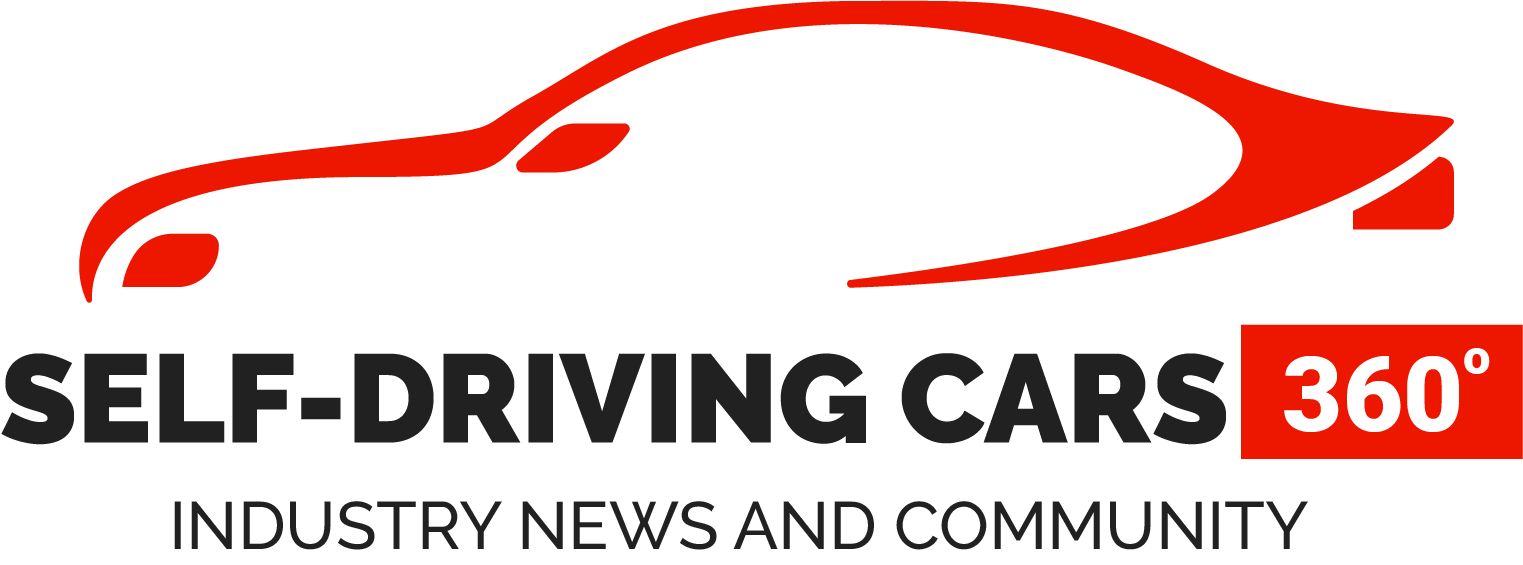An electric, autonomous shuttle sits outside the Smart Columbus Experience Center in downtown Columbus, Ohio, in August 2019. Columbus has launched a second AV shuttle program along a 2.9-mile route in a residential neighborhood.
Programs in Ohio and Arizona are showing signs that the technology could be a real-world solution to first-mile, last-mile gaps in traditional city transportation offerings, like buses and light rail.
Small self-driving shuttles are evolving from being a piece of shiny demonstration technology to serving real transit needs and providing transportation to destinations like grocery stores and community centers.
The autonomous Linden LEAP launched in Columbus this month — LEAP is shorthand for Linden Empowers All People — serving a roughly 3-mile route through the Linden neighborhood. Two electric shuttles serve the route, with another to join the fleet in about a month, said Alyssa N. Chenault, communications project manager for Smart Columbus.
“The primary goal of the pilot is to pilot self-driving technology in a neighborhood setting,” said Chenault. “The secondary goal of the project is to provide and first-mile, last-mile solution to connect residents to community resources.”
The Linden neighborhood project follows an autonomous shuttle demonstration route which circulated through downtown. That project concluded in September 2019 and provided more than 15,000 rides.
Another autonomous shuttle is set to launch this week in Peoria, Ariz., a suburb of Phoenix. Known as Robo Ride, the free shuttle will run a one-mile route in the city’s entertainment district, operating from noon to 6 p.m. daily for a two-month pilot. The 10-person shuttles are manufactured by NAVYA, a French company. The project will be managed by Beep, an autonomous vehicle technology provider in Florida.
Both of the shuttle programs in Ohio and Arizona will include onboard human operators.
“This program is designed to understand the feasibility of using autonomous vehicles alongside current transportation options as well as ridership adoption behaviors and patterns,” said Kristina Perez, communications manager for the city of Peoria.
The Columbus shuttle program will include stops at locations like the Rosewind Estates Community Center, a centralized stop in a dense public housing community; Douglas Recreation Center, which provides access to activities like basketball, swimming and leadership training; St. Stephen’s Community House, which provides day care services, homework help, food pantry, health care and senior breakfast, said Chenault.
The shuttles in Columbus operate much like those in Peoria and other cities: electric EVs which can accommodate about a dozen passengers and travel roughly 20 mph. The shuttles used in Columbus are manufactured by EasyMile.
“EmpowerBus, a local mobility startup, is managing the operations of the vehicles including hiring eight operators to serve as customer service ambassadors to ride on the shuttle, assist passengers, and be able to take control of the vehicle should they need to,” Chenault explained.
The city of Columbus is taking the lead on the project, which is being funded by the 2016 U.S. Department of Transportation Challenge grant to create a smart transportation system.
“The LEAP brings us one step closer to addressing the mobility challenges that many of our residents face each day,” said Marilyn Mehaffie, CEO of St. Stephen’s Community House, in a statement.
Source: www.govtech.com




GIPHY App Key not set. Please check settings